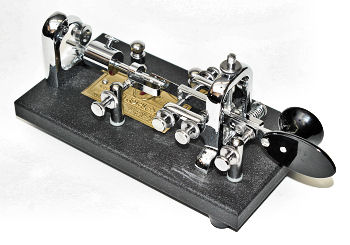Crosstown Traffic: KC5HWB-Ham Radio’s Forgotten Bands: 220MHz and 900MHz
Great blog post and discussion from Jason KC5HWB over at the Grapevine Ham Radio blog about 220MHz and 900MHz, the “Forgotten Bands” of ham radio:
When I was first licensed in 1994, the most inexpensive radio I could buy was the Radio Shack HTX-202 mono-band, 2 meter only, 12 memory channel HT. This radio sold brand new in the store for $189. You could also buy the 70 centimeter version of this radio, which had the same memory channels and features, for the same amount of money. Back then, if you wanted a dual-band HT, you were going to spend $300 or more. Today, however, anyone can buy a Chinese dual band for under $50. 20 years ago, if you wanted a 220mhz radio, you’d have to pay several hundred dollars. I don’t remember anything about 900mhz back then, the frequency spectrum belonged to us, but to my recollection there were little to no radios at all.
Today, you can buy a mono-band 1.25 meter radio from Anytone or TYT for under $200. Also, there are many 900mhz radios on the market, most of which are used, but many are obtainable for $100 or less. A good example of this would be the Kenwood TK-981
radio. I constantly see these radios sell used on eBay for $100-$125.
So the question is, why are these two bands forgotten? Today you can get a radio in either of these bands for a decent amount of money, and some people are using them, but they are not nearly as popular as the 2M and 40 bands in amateur radio. The 1.25 meter band is widely unused in the DFW area, and the band itself, being VHF, could be as reliable as 2 meters. The 900mhz band is becoming more popular in DFW, but radios are mostly purchased from used markets and surplus of businesses of local government agencies.

